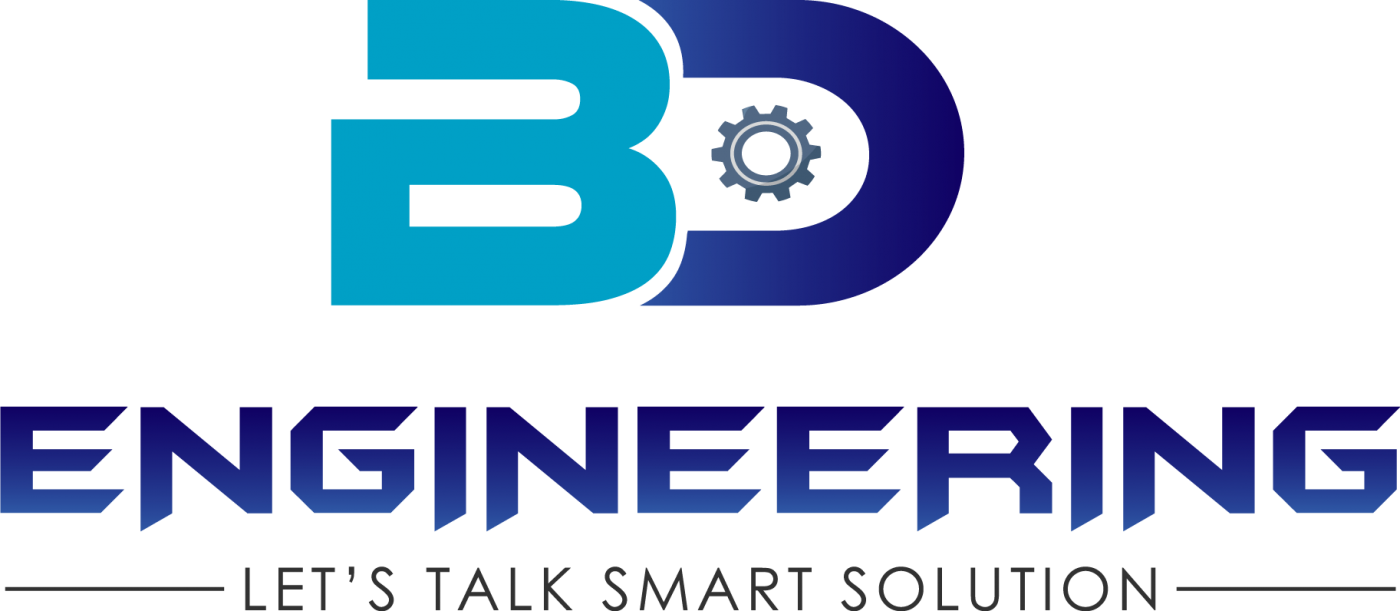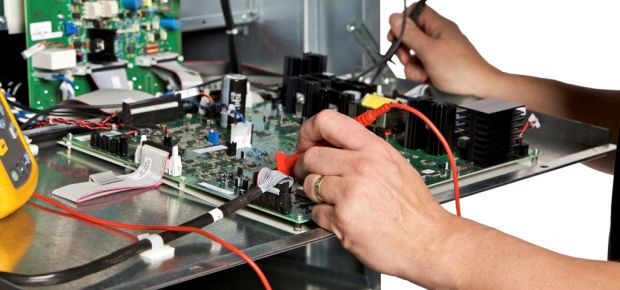How to repair maintenance of Frequency Converter VFD-Inverter?
Repairing and maintaining a Variable Frequency Drive (VFD) or Inverter requires careful handling and technical expertise. Here are general guidelines and steps for repairing and performing maintenance on a VFD or Inverter:
Precautions and Safety:
- Ensure Power Safety:
- Before starting any work, ensure that power to the VFD is safely disconnected to prevent electrical hazards.
- Follow lockout/tagout procedures and use appropriate personal protective equipment (PPE).
- Technical Expertise:
- VFD repair and maintenance should ideally be performed by qualified technicians or professionals familiar with electrical systems and VFD operation.
Steps for VFD Repair and Maintenance:
- Visual Inspection:
- Conduct a visual inspection of the VFD to check for any physical damage, loose connections, or signs of overheating (e.g., burnt components, discoloration).
- Inspect cooling fans and vents for dust accumulation that can hinder airflow.
- Check Input Power:
- Verify the input power supply voltage and frequency are within the VFD’s specifications.
- Use a multimeter to check for proper voltage levels and phase balance.
- Inspect Control Wiring:
- Examine the control wiring for any loose connections, damaged wires, or corrosion.
- Ensure all control signals (start/stop, speed reference) are correctly connected.
- Review Parameter Settings:
- Access the VFD’s parameter settings using the programming keypad or software interface.
- Verify that parameters are configured correctly based on the motor specifications and application requirements.
- Perform Functional Testing:
- Energize the VFD (after ensuring safety precautions) and perform functional testing.
- Test motor operation at various speeds and load conditions to check noise.
- Check Fault Codes:
- Review the VFD’s fault history or diagnostic codes to identify any recurring issues or error conditions.
- Address and troubleshoot fault codes as needed based on the VFD’s user manual or technical documentation.
- Inspect Cooling System:
- Ensure that the VFD’s cooling system (fans, heat sinks) is functioning properly to dissipate heat generated during operation.
- Clean cooling fans and vents to remove dust and debris that can impede airflow.
- Replace Faulty Components:
- If identified during inspection, replace any faulty components such as capacitors, diodes, or IGBT modules.
- Use manufacturer-approved replacement parts to maintain VFD reliability.
- Calibration and Testing:
- Calibrate the VFD settings and parameters based on the motor and load requirements.
- Use diagnostic tools (e.g., oscilloscope, clamp meter) to verify VFD performance and motor control accuracy.
Professional Assistance:
- For complex repairs or issues beyond basic troubleshooting, consider consulting with the VFD manufacturer’s technical support or authorized service center.
- Professional repair services may involve specialized equipment and expertise to diagnose and resolve VFD faults effectively.
Regular Maintenance:
- Implement a regular maintenance schedule for VFDs to prevent issues and prolong equipment lifespan.
- Perform preventive maintenance tasks such as cleaning, lubrication, and parameter checks according to the manufacturer’s guidelines.
By following these steps and safety precautions, you can effectively repair and maintain a Frequency Converter VFD or Inverter, ensuring reliable operation and optimal performance in industrial applications. If you are not confident in performing these tasks yourself, consider engaging qualified professionals for VFD repair and maintenance services.
For more information please contact us we are the biggest industrial automation importer in Bangladesh for more information please follow us on BD Engineering Solution Facebook

